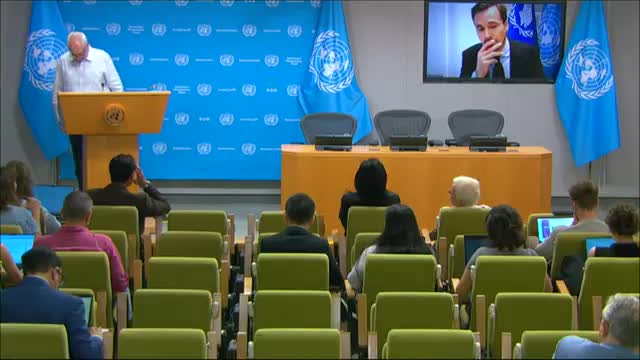
This article was created by AI using a video recording of the meeting. It summarizes the key points discussed, but for full details and context, please refer to the video of the full meeting. Link to Full Meeting
Currently, the WFP has sufficient supplies pre-positioned outside Gaza to assist the entire population for two months, contingent on the establishment of a ceasefire and improved operational conditions. However, logistical hurdles persist, including a shortage of operational trucks within Gaza and ongoing fuel issues that hinder the movement of aid.
The WFP clarified that they do not utilize armed escorts for their convoys, relying instead on the security conditions present in the region. Additionally, there is no operational relationship with the Gaza Humanitarian Foundation (GHF), despite discussions about potential collaboration. The WFP remains open to dialogue but has not formalized any agreements with GHF.
As the humanitarian situation in Gaza continues to evolve, the WFP's ability to deliver aid remains contingent on improved security and operational conditions, underscoring the urgent need for a sustainable ceasefire to facilitate the flow of assistance.
Converted from Gaza: WFP convoy incidents - Press Conference | United Nations meeting on July 22, 2025
Link to Full Meeting
Comments
View full meeting
This article is based on a recent meeting—watch the full video and explore the complete transcript for deeper insights into the discussion.
View full meeting